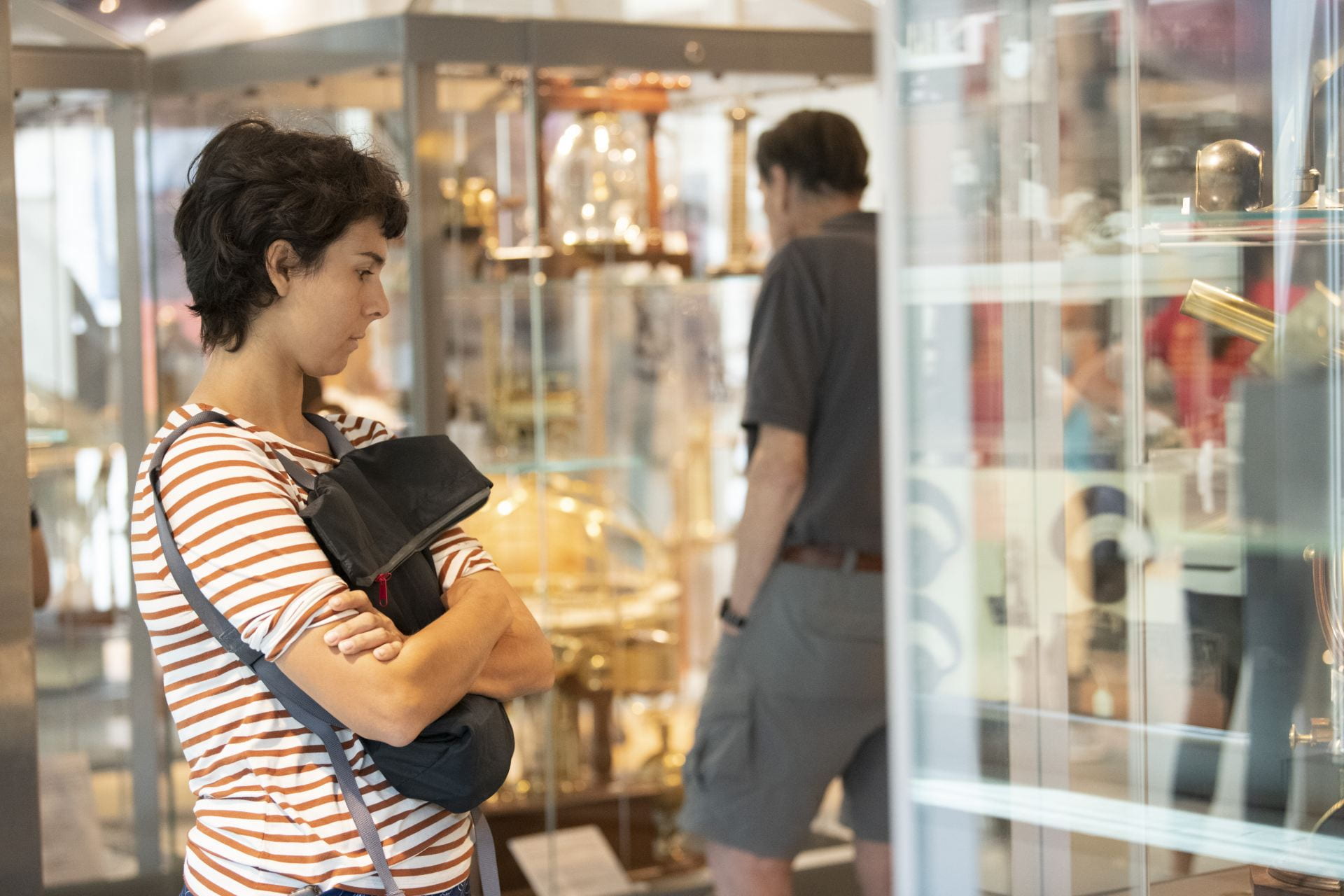March 19, 2018
Deborah L. Nichols, William J. Bryant 1925 Professor of Anthropology; Chair, Latin America, Latino, and Caribbean Studies, Department of Anthropology, Dartmouth College
In the first century CE, Teotihuacan became the capital of the area known today as Central Mexico. The city grew to include 100,000 people, drawing immigrants from Western Mexico, the Valley of Oaxaca, Veracruz, and the Maya region. Deborah Nichols will discuss how Teotihuacan became the largest and most influential city in Mexico and Central America; how it maintained this position for 500 years through diplomacy, pilgrimages, military incursions, and commerce; why modern scholars consider it a “world city”; and what challenges exist in advancing an understanding of its legacy.
